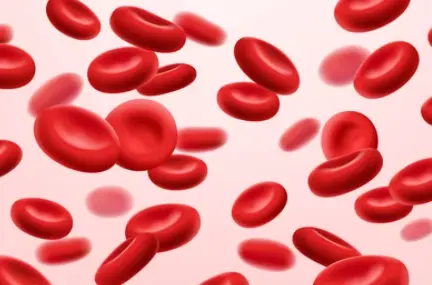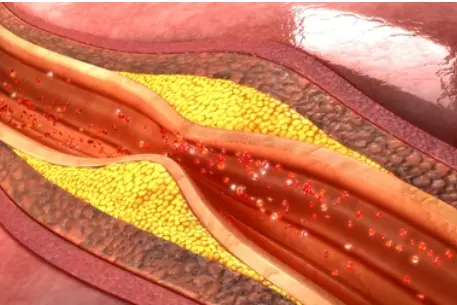 Welcome
Welcome
“May all be happy, may all be healed, may all be at peace and may no one ever suffer."
Roughness and fine wrinkling of photodamaged skin - Generics
Photodamage is damage to the skin caused by prolonged exposure to the sun's ultraviolet (UV) rays. It can cause a variety of changes to the skin, including roughness and fine wrinkling. These changes are due to the destruction of collagen and elastin fibers in the skin, which are important for maintaining its structure and elasticity.
Roughness of photodamaged skin is often due to the development of thickened, scaly patches on the skin's surface, known as actinic keratoses. These patches are caused by an abnormal growth of cells that results from UV damage to the skin. Actinic keratoses are usually harmless, but they can sometimes develop into a type of skin cancer called squamous cell carcinoma if left untreated.
Fine wrinkling of photodamaged skin occurs due to the loss of collagen and elastin fibers in the skin. Collagen and elastin are proteins that give skin its firmness and elasticity, and they are essential for maintaining a youthful appearance. As these fibers break down, the skin becomes less elastic and starts to sag, leading to the development of fine wrinkles.
Preventing photodamage is the best way to prevent the roughness and fine wrinkling of skin associated with UV exposure. This can be achieved by limiting sun exposure, wearing protective clothing, and using sunscreen with a high sun protection factor (SPF) when outdoors. Treating existing photodamage can involve a variety of approaches, including topical retinoids, chemical peels, laser therapy, and microdermabrasion.
In conclusion, roughness and fine wrinkling of photodamaged skin are common signs of UV damage. These changes are caused by the destruction of collagen and elastin fibers in the skin and can be prevented by limiting sun exposure and using sun protection. Treatment options for existing photodamage include a variety of topical and non-invasive therapies.

Scaling skin conditions

Thromboembolism

Methotrexate toxicity

Irrigation solution

Recurrent renal stones

Atherosclerosis

Gastrointestinal stromal...

Dysentery
Roughness and fine wrinkling of photodamaged skin, ফটোডামাজড ত্বকের রুক্ষতা এবং সূক্ষ্ম বলিরেখা
To be happy, beautiful, healthy, wealthy, hale and long-lived stay with DM3S.